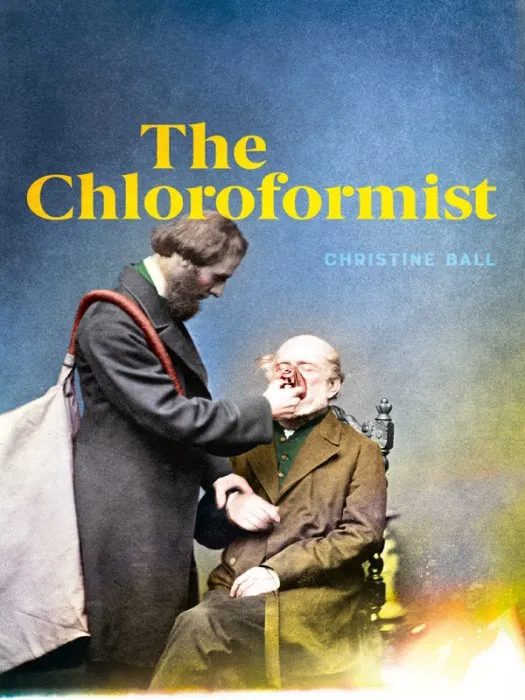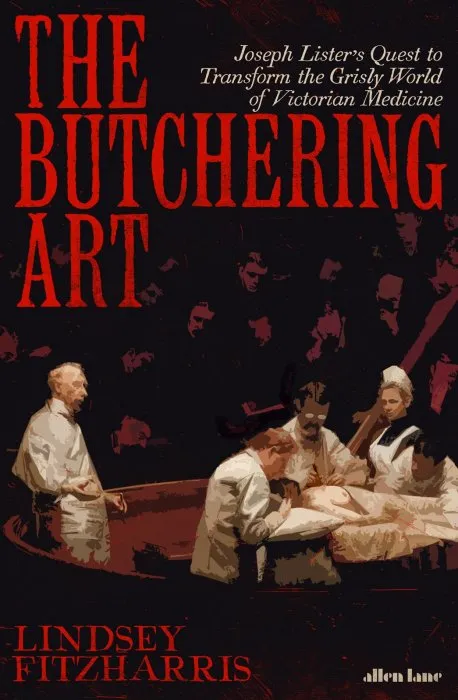The Chloroformist

Date: August 3rd, 2021
ISBN: 0522877745
Language: English
Number of pages: 328 pages
Format: EPUB
Add favorites
The historical biography of Joseph Clover and the invention of anaesthesia.
Operating with bare hands, dressed in his street clothes, he had taken those first steps that every training surgeon must take-gripping the handle of a scalpel and making the first, irrevocable cut into live human flesh. For the surgeon training in the early 1840s, these first surgical milestones were performed on a person who would recoil in terror and horror, flinch, pull away, shake-and scream and scream and scream.
Until 1846, surgery was performed without anaesthesia: extraordinary operations, carried out on conscious, terrified patients. Surgeons of that era were bold and courageous and saved many lives, but anaesthesia changed everything. With an unconscious patient, the surgeon could take his time. Surgery became slower, more careful and more delicate. And as anaesthesia removed the pain of surgery, the medical world gave more attention to surgical infection, heralding in the use of antiseptics and eventually aseptic surgery. By 1881, the operating theatre was unrecognisable.
Much has been written about surgery in the nineteenth century, but little has been said about the development of the relationship between surgeon and anaesthetist. For anaesthesia to mature and allow further advances in surgery, a professional relationship had to develop between surgeons and anaesthetists. Joseph Clover arguably did more than any other anaesthetist to develop that relationship.
In The Chloroformist, Christine Ball tells the captivating story of an innovative, hard-working and deeply humane pioneer of modern patient care.
Operating with bare hands, dressed in his street clothes, he had taken those first steps that every training surgeon must take-gripping the handle of a scalpel and making the first, irrevocable cut into live human flesh. For the surgeon training in the early 1840s, these first surgical milestones were performed on a person who would recoil in terror and horror, flinch, pull away, shake-and scream and scream and scream.
Until 1846, surgery was performed without anaesthesia: extraordinary operations, carried out on conscious, terrified patients. Surgeons of that era were bold and courageous and saved many lives, but anaesthesia changed everything. With an unconscious patient, the surgeon could take his time. Surgery became slower, more careful and more delicate. And as anaesthesia removed the pain of surgery, the medical world gave more attention to surgical infection, heralding in the use of antiseptics and eventually aseptic surgery. By 1881, the operating theatre was unrecognisable.
Much has been written about surgery in the nineteenth century, but little has been said about the development of the relationship between surgeon and anaesthetist. For anaesthesia to mature and allow further advances in surgery, a professional relationship had to develop between surgeons and anaesthetists. Joseph Clover arguably did more than any other anaesthetist to develop that relationship.
In The Chloroformist, Christine Ball tells the captivating story of an innovative, hard-working and deeply humane pioneer of modern patient care.
Download The Chloroformist
Similar books
Information
Users of Guests are not allowed to comment this publication.
Users of Guests are not allowed to comment this publication.




